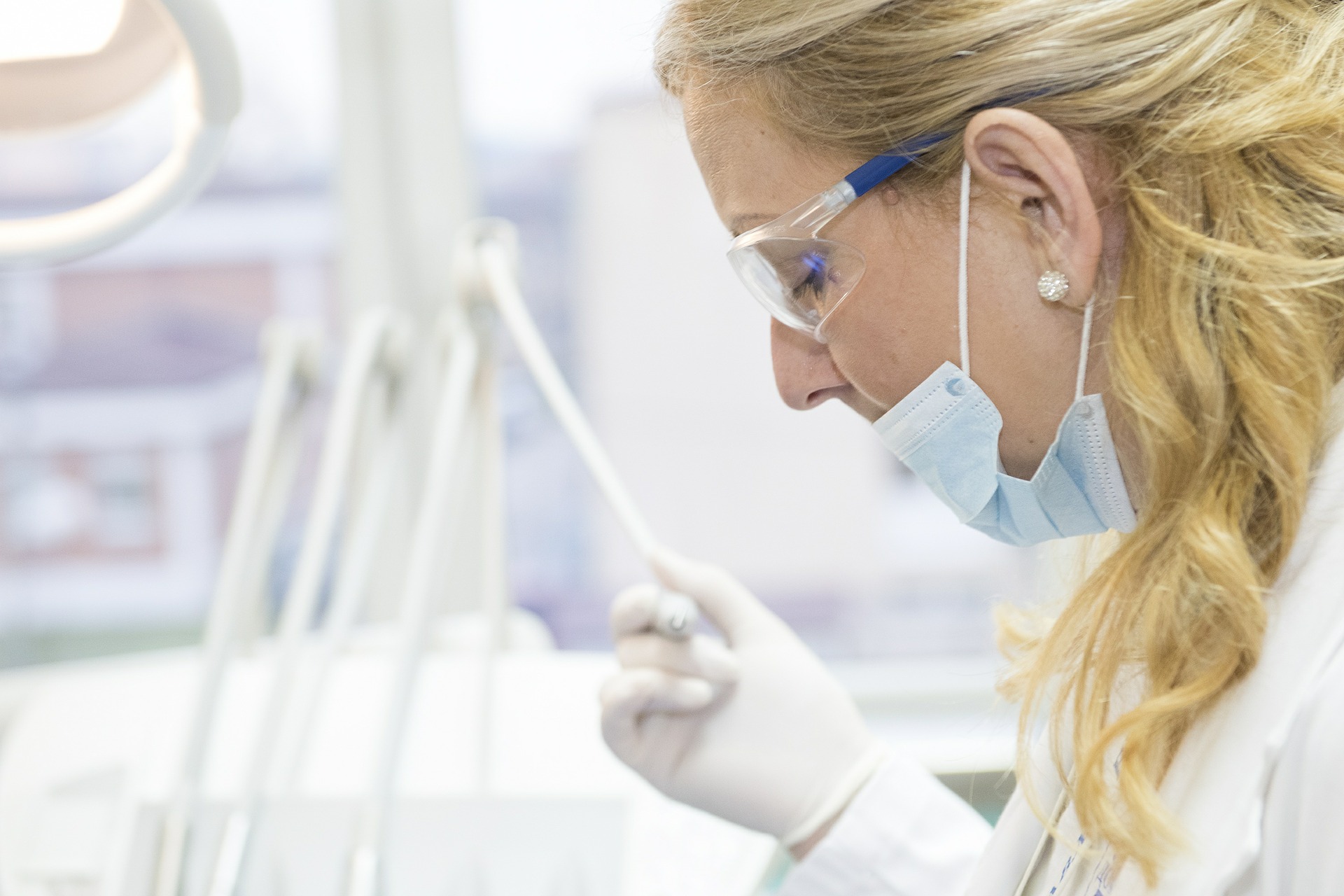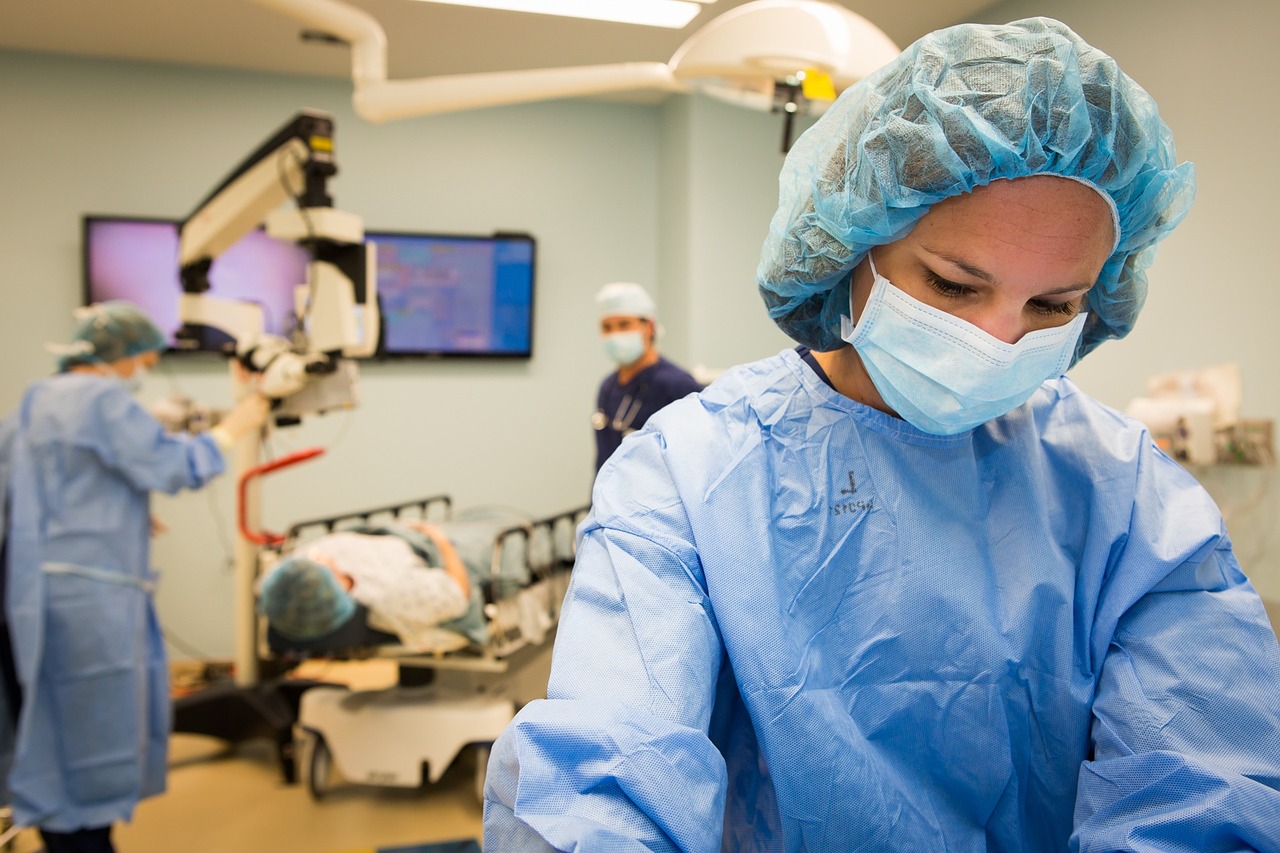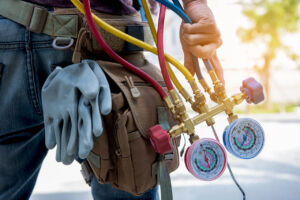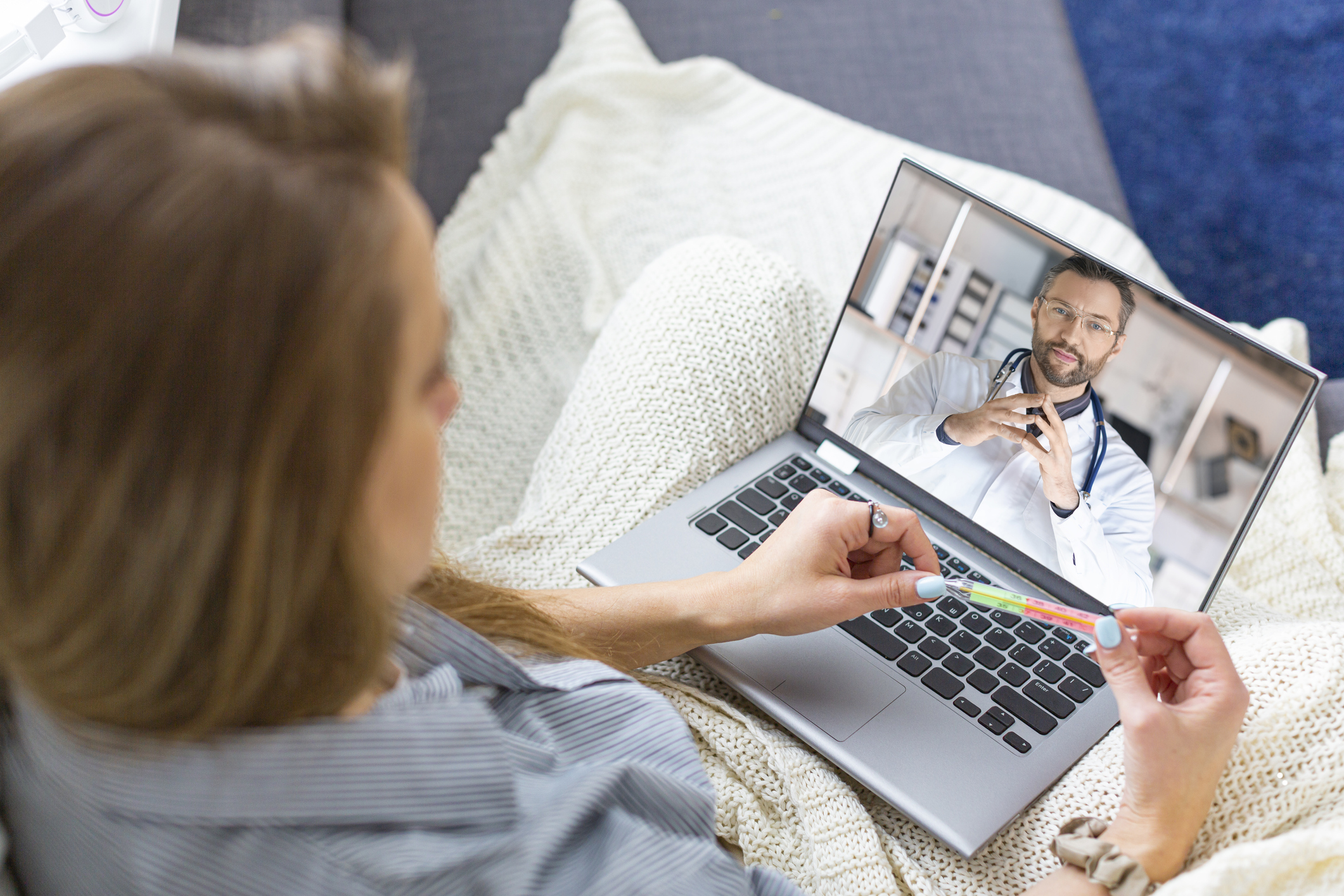Are you interested in becoming a medical assistant or vocational nurse? Do you want to work in a healthcare facility or be part of a remote patient monitoring team? If you enjoy traveling to patient’s homes or want to work with physicians that monitor patients remotely, these might be the right career paths for you. So, what is remote patient monitoring?
What is Remote Patient Monitoring?
Remote patient monitoring uses digital technology to monitor and capture medical data from patients. This digital technology is then transmitted to healthcare providers for assessment, recommendations, and instructions, according to Prevounce.
Very similar to in-room patient monitoring equipment, the difference in remote monitoring is that the physician is not at the bedside of the patient and monitoring may be completed by video conferencing. Remote monitoring leverages Internet technologies and remote patient monitoring devices. Remote patient monitoring comes in handy with the increase in senior patients that are battling chronic illness. Older patients can have remote monitoring while they stay comfortable in their home and occasionally have a nurse check in on them instead of paying for 24/7 in-home care.
What are the Benefits of Remote Patient Monitoring?
There are many benefits to remote patient monitoring. They include:
Safe Patient Care
Not all patients can be monitored 24/7, especially if they are receiving at-home care. Vocational nurses will do rounds and medical assistants will take vital signs, but some patients need round the clock monitoring. This is where remote patient monitoring comes in. A physician can remotely keep tabs on patients, monitor vital signs and dispatch vocational nurses if treatment is needed. Remote patient monitoring offers safe patient care and allows patients dignity as they are being monitored by a healthcare team.
Improve Patient Health Outcomes
In assisted living facilities and when patients are receiving care at home, health outcomes can be compromised. Having up to the minute vital signs and a visual understanding of a patient’s condition allows the patient improved health outcomes. The patient is monitored 24/7 and nurses are dispatched as needed. Medical assistants can alert physicians to abnormal vital signs. Ultimately, improving health outcomes and offering better patient care.
Lower Patient Medical Expenses
Consistently going to urgent care or emergency rooms can be costly for patients. Some patients don’t have alternative options, but remote patient monitoring can allow patients to receive treatment at home without paying for 24/7 in-home care. Physicians and nurses can remotely monitor patients and intervene when needed. Patients can enjoy lower medical expenses without compromising care.
What is the Difference Between Remote Patient Monitoring and Telehealth?
Remote patient monitoring is a subset of telehealth. While telehealth includes technologies like telephones and email to contact healthcare professionals, remote patient monitoring involves monitoring equipment to make healthcare decisions and interact with the patient. A physician will make a recommendation and a vocational nurse may implement the healthcare treatment, while the medical assistant assists with clerical and clinical tasks.
How Do Vocational Nurses Interact with Remote Patient Monitoring?
If patients are in a central hospital or living facility, the vocational nurse may do rounds to monitor patients while working with physicians to manage patient health. The physician will monitor the vital signs and watch the patient for any troubling symptoms. They will have the vocational nurse implement treatments and check on the patients to further examine troubling vital signs and symptoms.
A vocational nurse may interact with patients through the following responsibilities:
- Provide preventive health and disease management education to patients
- Schedule and perform regular remote visits with assigned patients.
- Document visit findings in software platform.
- Manage patient messaging and alerts.
- Direct patients to treating physician for routine questions.
- Escalate urgent care needs to patient’s physician
How Do Medical Assistants Interact with Remote Patient Monitoring?
Medical assistants are a vital part of the remote patient monitoring team, according to CMA Today. Instead of treating patients based on physician’s diagnosis, medical assistants support the clinical team as a care coordinator. Medical assistants will take vital signs and ask patient questions about how they feel. They will take temperature, blood pressure, heart rate, weight, blood glucose and other important vitals for the physician to make better healthcare decisions.
The medical assistant would not diagnose the patient outside of providing general guidance to the patient for education and better healthcare management. A medical assistant may intervene in the following ways:
- Calling the patient’s provider.
- Sending patients a relevant video or educational information.
- Providing emotional support.
- Discussing the patient’s needs to stay healthy.
- Calling the patient’s nurse to discuss biometrics that were out of range.
The medical assistant is unable to make medical diagnoses or recommendations that require the skills and knowledge of a physician. They may not perform tasks that require independent clinical judgement, clinical assessment, evaluation, or interpretation.
How Do You Become a Medical Assistant or Vocational Nurse?
A great way to become a medical assistant or vocational nurse is by attending a vocational school program. Vocational nurses require a license to practice in the state of Texas. CyberTex prepares you for the NCLEX-PN exam so you can become a licensed vocational nurse. We also have a program that will jump start your career as a medical assistant. Both vocational programs offer a complete curriculum and plenty of hands-on training to prepare you for your new career.
Final Thoughts
Are you interested in becoming a vocational nurse or medical assistant that supports the remote patient monitoring team? Helping others can be very rewarding. Did you know that you can finish a healthcare professional program in as little as a year? If you have the drive to help others and the knowledge of technology, then becoming a vocational nurse or medical assistant may be the right career path for you. Let CyberTex help you enter this exciting field and start working toward your new career today.
Medical Assistant Program
The Medical Assistant Training Program at CyberTex Institute of Technology takes great care of you by providing hands-on training, practical experience and the support it takes to get started in a medical assisting career without spending years in school. You will learn the basics of both clinical and administrative skills, and prepare to work in physician’s offices, hospitals, and other medical facilities.
Licensed Vocational Nurse
Classes for the Vocational Nursing program are conducted in a student-friendly atmosphere conveniently located in Austin, Texas. After graduating from the Licensed Vocational Nursing program, students can apply to take the National Council Licensure Examination for Practical Nurses (NCLEX-PN), become a Licensed Vocational Nurse (LVN), and start their exciting new career immediately.
Contact us today to learn more about our Austin and Killeen campuses.





